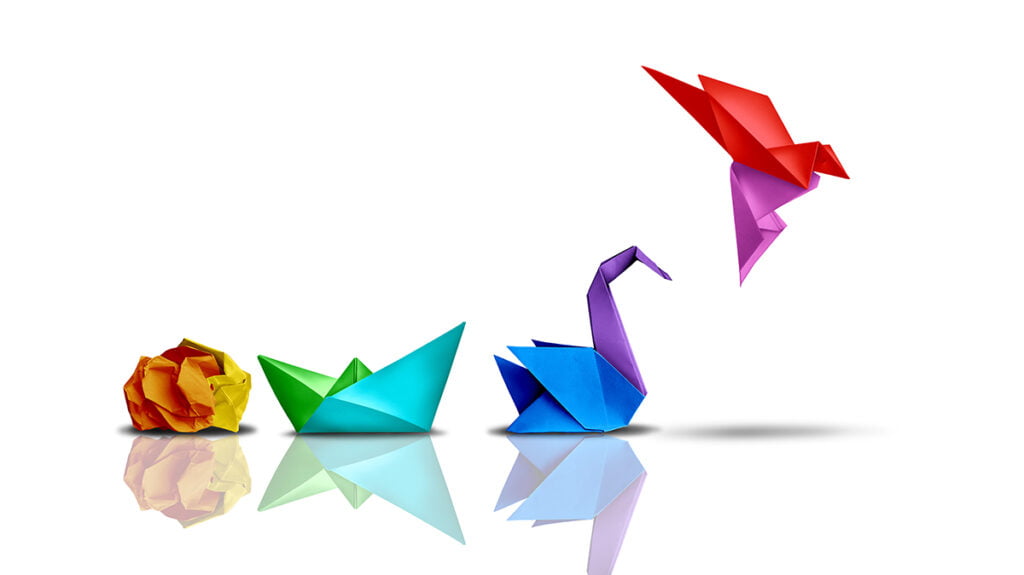Over the past decade, the graphic design industry has experienced significant changes, advancements in technology, shifts in consumer behaviour, and evolving design trends which have made a large impact (not to mention the transformations that occurred post pandemic when the WFH culture was embraced with gusto by the design community). These changes have had a profound impact on design agencies, influencing their business models, service offerings, and client interactions. Here’s a detailed look at the changes and their implications for design agencies and their clients over the last 10 years:


Digital Transformation
The widespread adoption of digital platforms and tools has transformed the way design agencies operate. Designers now rely heavily on digital software and platforms for creating and delivering designs. This shift has led to a greater emphasis on digital design services such as website design, mobile app design, and social media graphics and campaigns.
Expanded Service Offerings
Design agencies have diversified their service offerings to meet the growing demand for digital design solutions. In addition to traditional print design services, agencies now provide a wide range of digital design services, including
UX/UI design, interactive media, motion graphics, and augmented reality (AR) experiences.
Specialisation and Niche Focus
With the increasing competition in the design industry, many agencies have chosen to specialise in specific niches or industries. By focusing on a particular market segment, such as healthcare, government, or financial institutions,
agencies can differentiate themselves and target clients with specialised needs. This trend has led to the emergence of niche design agencies that offer expertise in niche markets.
Remote Collaboration and Global Reach
The rise of remote work and collaboration tools has enabled design agencies to work with clients and talent from around the world. Remote collaboration tools such as video conferencing, project management software,
and cloud-based design platforms have made it easier for agencies to collaborate with clients and team members regardless of location. This has expanded the reach of design agencies, allowing them to serve clients globally and access a larger talent pool.
Emphasis on User Experience (UX) Design
The growing importance of user experience (UX) design has reshaped the design industry. Design agencies now place a strong emphasis on creating designs that prioritise the user’s needs and provide a seamless and intuitive
experience. This has led to an increased demand for UX design services, including user research, wire framing, prototyping, and usability testing.
Data-Driven Design Decisions
Design agencies are increasingly using data and analytics to inform their design decisions. By analysing user data, conducting A/B testing, and measuring the performance of designs, agencies can optimise their designs for better results. This data-driven approach allows agencies to create designs that are more effective and impactful for their clients.
Agile Methodologies and Iterative Design
Agile methodologies have become more prevalent in the design industry, enabling agencies to adopt a more iterative and collaborative approach to design. Agile methodologies, such as Scrum and Kanban, emphasise flexibility, collaboration, and rapid iteration, allowing agencies to respond quickly to client feedback and changing project requirements.
Overall, the graphic design industry has undergone significant changes over the past decade, driven by technological advancements, changing consumer preferences, and evolving design trends. These changes have had a profound impact on design agencies, influencing their business models, service offerings, and client interactions. To remain competitive in this dynamic landscape, design agencies must adapt to these changes, embrace digital technologies, and continue to innovate in their approach to design. Contact Fresco today to see how we can take your project to the next level!
